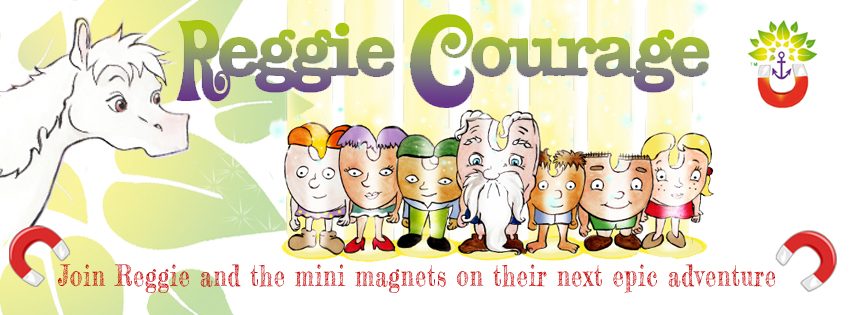Meditation has commonly been seen as an adult pursuit for many years, but that has started to change. There is an increasing interest in showing children the way to meditate to help them relax, de-stress and remember how to connect to their own inner source of calm, peace and tranquillity. Showing children this is not just for the experts who have been practising for years. In my experience as a teenager who has been meditating since I was 8 years old, complete beginners can show their children meditation whether they are yoga teachers, school teachers, grandparents, parents or astronauts. Here are a few simple tips to help you get started:
- Let breath be the anchor– All people who practice and show people how to meditate know that the breath is the starting and finishing point for all types of meditation. And it’s the space between the breath that keep us alive as humans. Breathe and space are so important. We carry our breath with us in every moment, therefore it becomes our anchor, helps us to focus on the moment, to be present, rather than be distracted by our thoughts. Children can remember (not learn) this too – that simply noticing their breath, how their chest rises and falls with the breath, helps them to be in the moment (or if they are younger, getting them to touch with their chest/tummy to notice the breath). In that moment, your child is in their breath, they become the in and the out breath and they are nowhere else in that moment. If you do the same, then you are both anchored in that moment together. It’s a beautiful and connective experience to share with your young Star Seed.
- Let go – Showing children how to meditate is about learning that it is a personal experiential journey for them and you. Children do not always respond in the way we want them to, and meditation is no different. We can guide them on how to sit, close their eyes and so on, but if they do not want to close their eyes, then do not force them. Let them be. Give them something to look at (on the floor if they are seated or on the ceiling if they are lying down). They can have whatever posture is good for them. My dad got me to experience it lying and sitting until I found me own way. Ask your child to relax their gaze by trying to see out of the sides of their eyes (it uses the peripheral vision which helps to relax the brain).
- Use your imagination – Adults spend a lot of time thinking rationally and analytically, so it can be useful to blow some fresh air through the cobwebs of our imagination and clear out the stagnant energy. Let’s use our imaginations to create a safe, beautiful place and describe this to children, so that in their imagination they can join us and feel safe, peaceful and curious in that place with us. There is usually no end to our children’s imaginations, so we can let them show us how to use ours. Let your imagination be wild. Let it flow. No rigidity. A good practice to fire up your imagination is by doing something creative. Click here for some tips on how to set your imagination free through creativity.
- Prepare and always be patient– There are many ways or approaches to meditation, but there should be no end goal. Set an intention for you and your child or children, but try not to become attached to it. Instead, let go and let your own curiosity play out and enjoy and notice what you observe. If your children are restless, notice this and perhaps guide them to have more contact with the ground, but sometimes we have to let go and just allow their energy to find their own balance. Sitting still may not come naturally at first, but with some red cushions (good for grounding restless energy) underneath their feet or their body, it will come. You can always show your child how to meditate with their eyes open and I will cover this in another post.
- Practice as you share– Meditation is a two-way street. We do not just share, we learn, too, so be open to what flows for you also. As you are teaching meditation to your children and you ask them to notice their breath, notice their body and relax their body, you can join in as you ask them to do this. This makes meditation a very valuable experience for all. Connecting with your child in this way will elevate and develop your relationship.
Reggie Courage shows his young magnets how to Meditate Regularly.
Check out the Reggie Courage and the New Star by clicking here
Be Free
Aalayah


2 thoughts on “5 Tips to Help Your Child Meditate”